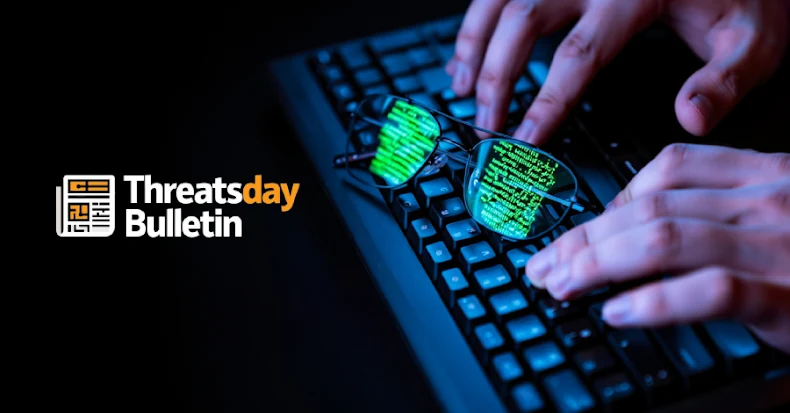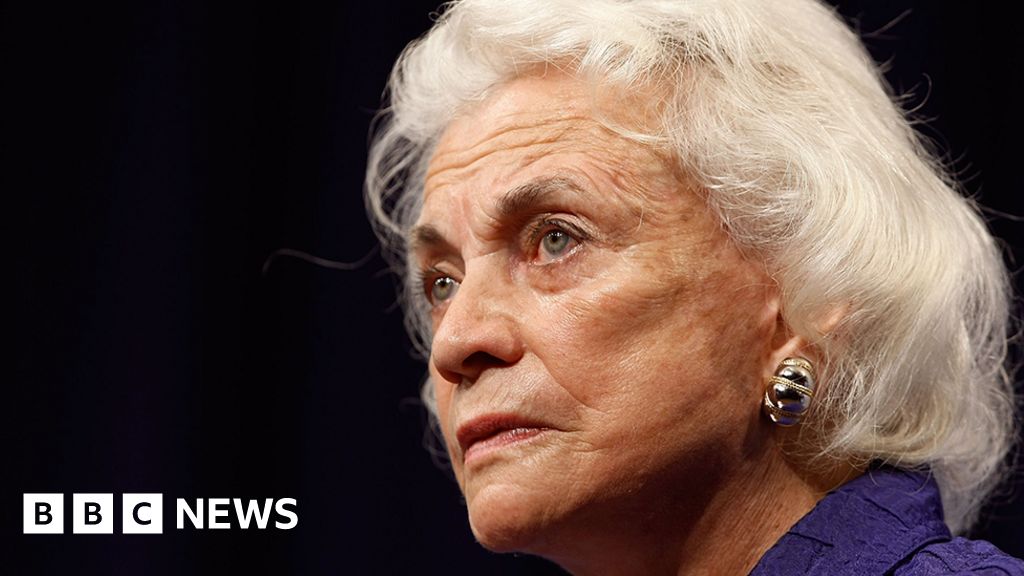A Thorn in the Maple: How the Khalistan Question is Reshaping India-Canada Relations
Yellow flags pierce the skyline, saffron turbans crowd together and megaphones blare “Khalistan Zindabad” as 200,000 turn out resoundingly to a referendum on

Yellow flags pierce the skyline, saffron turbans crowd together and megaphones blare “Khalistan Zindabad” as 200,000 turn out resoundingly to a referendum on the secession of Punjab to form the independent Sikh nation of Khalistan. However, this referendum that aimed to decide the fate of Punjab, India occurred in Surrey, Canada.
Far removed from its supposed “homeland,” the Khalistan movement’s distant locus has now placed it at the heart of a diplomatic standoff between India and Canada.
What is the Khalistan movement?
With 26 million adherents globally, Sikhism is the 5th largest organized religion in the world. 23 million of these Sikhs live in the Indian state of Punjab where Sikhism was founded in the 15th century. Today, Sikhs are a minority in India, comprising 1.7 percent of the country’s population of 1.4 billion but 58 percent of the Sikh-majority state of Punjab.
The Khalistan movement calls for an independent Sikh state to be carved primarily out of Punjab along with other Punjabi-speaking areas in northern India. Khalistan means “land of the pure” and is the proposed name for the envisioned Sikh nation.
An ethno-religious secessionist movement, the Khalistan movement became a violent insurgency that gripped Punjab in the 1970s and 1980s. While the movement in Punjab has since died down, the demand for Khalistan has resurfaced among the global Sikh diaspora, particularly in Canada.
What is India’s stance on the Khalistan movement?
The Indian government considers the Khalistan movement a significant threat to national security a number of groups associated with the movement are listed as “terrorist organizations” under India’s Unlawful Activities (Prevention) Act.
In the 1980s, under the leadership of Sikh separatist leader Jarnail Singh Bhindranwale, the movement took a militant turn and terrorized large swathes of Punjab. In June 1984, the then Indira Gandhi-led central government launched Operation Blue Star to capture Bhindranwale who had taken refuge in the Golden Temple in Amritsar, the holiest shrine in Sikhism. In a widely criticized move, the government militarily raided the Golden Temple, successfully killing Bhindranwale but in turn, causing widespread damage to the temple and angering Sikhs, both those who did and did not support the movement. In retaliation, two of Gandhi’s Sikh bodyguards assassinated her on October 13 that same year. The assassination was followed by targeted, rampant killings of Sikhs by Hindu mobs across the country in what is now called the 1984 Anti-Sikh pogrom.
For India, the activities of the Khalistan constitute acts of “terrorism.” From 1980 to 2000, 11,694 citizens and 1,784 security personnel lost their lives in terrorist attacks by Sikh militants during the Khalistan insurgency. Consequently, even at its peak, the Khalistan movement did not gain much traction among the general population of Punjab, tens of thousands of whom were victims of what they considered a radical movement. This lack of public support meant that the movement soon fizzled out after the Indian army’s successful anti-insurgency operations in 1986 and 1988. At that time that many Khalistan sympathizers moved abroad to countries with established Sikh communities like Canada, the United States, the United Kingdom, and Australia.
One of the most infamous incidents linked to the movement was the 1985 bombing of an Air India Boeing 747 flying from Canada to India, which killed all 329 people on board. In recent years, India has accused Khalistani activists based in Pakistan and Canada of financing gang violence and drug trafficking within its borders. There has also been a string of attacks by Khalistan extremists, most recently on Indian High Commissioner Sanjay Verma and on the Hindu Sabha Temple in Brampton.
The recent rise of the self-styled preacher and rabble-rouser Amritpal Singh in Punjab has stoked fears of the movement’s resurgence.
How does Canada enter the picture?
For many decades, Punjab has seen a steady stream of emigrants, primarily in pursuit of better economic opportunities, to Canada. According to a 2021 census, Sikhs now constitute 2.1 percent of Canada’s population, and the country is home to the largest population of Sikhs outside Punjab. Sikhs are an integral part of the Canadian economy and society, with Sikhs occupying key roles in the construction, transport, and hospitality sectors as well as in the Canadian Parliament. Now the fourth most spoken language in Canada, Punjabi is even one of the languages on signboards greeting passengers at Vancouver International Airport. The magnitude and influence of the Sikh diaspora have made Sikhs a major vote bank for the Liberal Party.
Much of the support for the Khalistan movement today comes from a growing segment of Canada’s Sikh diaspora. Note, however, that this support comes from only a minority of Canadian Sikhs, and while “there are many supporters of Khalistan in Canada, they do not represent the [Canadian] Sikh community as a whole.”
On numerous occasions, the Indian government has publicly criticized Ottawa’s failure to deal with “terrorism” and Indian diplomats in Canada have frequently complained about vandalism and harassment by Khalistan supporters. The issue has been particularly pronounced under the Trudeau government and came to a head in 2018 when Trudeau’s trip to India was overshadowed by reports of his alleged closeness to members of the Khalistan movement. Among the allegations was the revelation that a militant Sikh separatist convicted of attempting to murder an Indian politician in Canada had been invited to dine with Trudeau at the Canadian High Commissioner’s residence in New Delhi. The invite was later rescinded but sparked widespread outrage in India, with Modi not meeting Trudeau until seven days into the trip. The strained 2018 exchange between Modi and Trudeau is often described as the onset of an icy phase in India-Canada relations.
What exactly happened in 2023 and why?
According to a 2016 open letter to the Canadian government, Hardeep Singh Nijjar claimed to be a “Sikh nationalist who believes in and supports Sikhs’ right to self-determination and independence of Indian-occupied Punjab through a future referendum.” In 2020, the Indian government declared Nijjar a terrorist mastermind for his involvement in a 2007 cinema bombing in Punjab that killed six people and injured 40, and the 2009 assassination of Sikh Indian politician Rulda Singh. Nijjar was also accused of running terrorist training camps in British Columbia to prepare supporters for attacks against India. Although the Indian government relayed its concerns about Nijjar to Canadian authorities, no formal charges were leveled against him in Canada.
On June 18, 2023, Nijjar was gunned down by three masked men outside the Guru Nanak Sikh Gurdwara Sahib in Surrey. The killing sparked protests across Canada with Nijjar’s followers blaming agents of the Indian government for the murder. These claims were largely dismissed as unfounded until September 18, 2023, when Prime Minister Trudeau, speaking to the House of Commons, said that Canadian authorities were pursuing “credible allegations” that linked the Indian government to Nijjar’s assassination. While he did not, at the time, detail the allegations, Trudeau said:
“Any involvement of a foreign government in the killing of a Canadian citizen on Canadian soil is an unacceptable violation of our sovereignty. It is contrary to the fundamental rules by which free, open and democratic societies conduct themselves.”
While Nijjar’s killing had been the focus of the tense meeting between Modi and Trudeau at the G20 Summit hosted by New Delhi on September 9-10, 2023, much was left unresolved and the previously simmering tensions erupted on September 18 with Trudeau’s address to the House of Commons.
Thus ensued a dramatic breakdown of diplomatic relations between the two countries. India vehemently rejected the allegations, calling them “absurd,” and on September 19, ordered the expulsion of six top Canadian diplomats, including the Charge d’Affaires Stewart Wheeler, and withdrew its envoy from Canada. Canada expelled six top Indian diplomats and consular officials including the acting High Commissioner Sanjay Varma. On September 22, India suspended the issuance of new visas for Canadians, although it resumed the service two months later. On October 19, 2023, Canadian Foreign Minister Melanie Joly said that Canada had withdrawn 41 diplomats from India.
The row is understood best through the diametrically different perceptions of the Khalistan movement in the two countries. While in Canada the movement is seen as “a garden variety college-campus style activist movement in favor of an oppressed minority,” the Indian government views the Khalistan movement much like the US views the Global War on Terrorism: a battle against theocratic terrorists with whom negotiation is unacceptable.
India argues that Canada’s inability to provide any “evidence whatsoever” before making “preposterous” allegations that incriminate top Indian officials, including Home Minister Amit Shah, constitutes an encroachment of its sovereignty. As evidence of Canada’s inaction, India points to the Canadian parliament marking Nijjar’s killing by holding a moment of silence, Trudeau and other Liberal Party leaders attending Sikh festivals that featured Khalistan flags and the glorification of Air India bombing mastermind Talwinder Parmar. India’s External Affairs Minister Subrahmanyam Jaishankar, better known as S. Jaishankar, summarized India’s stance as, “My question to them is—if you receive these threats, would you take them lightly? If it was your airline being threatened, your Parliament, your diplomats…. This is exactly the kind of problem with which we started this conversation.”
Canada in turn frames the issue as a violation of its sovereignty and the international rule of law. In countering allegations by New Delhi on Ottawa’s failure to effectively tackle extremism, he has repeatedly stressed Canada’s emphasis on the freedom of expression. Some also attribute Trudeau’s stance to the support his Liberal Party gets from Sikhs in Canada as well as the New Democratic Party (NDP) led by Jagmeet Singh (himself a Sikh) whose backing had helped sustain Trudeau’s minority government to such an extent that its withdrawal is believed to have contributed to Trudeau’s fall. On October 8, 2024, the United States backed Canada, calling the allegations “extremely serious” and separately accused Indian national Nikhil Gupta, in coordination with an Indian government employee, of targeting Sikh American Khalistan activist Gurpatwant Singh Pannun.
While India has refused to cooperate with Canada citing Canada’s failure to produce any incriminatory evidence before leveling allegations, India has notably pledged its full support and cooperation for the US investigation into Gupta, going so far as to set up its own inquiry. This has enabled its bilateral ties with the United States to proceed with minimal disruption.
Testifying before the foreign interference inquiry on October 9, 2024, Trudeau admitted that his government had “no hard proof” before accusing India of Nijjar’s murder. The admission has not, however, led to a thawing of tensions thus far.
What is the future of India-Canada relations?
Occasional spats have briefly punctuated relations between India and Canada in the past. In 1974, India detonated a nuclear device that Canada claimed used plutonium from a Canadian reactor that was meant to be a gift used solely for peaceful purposes. Outraged, Canada suspended support for India’s atomic energy program but neither India nor Canada expelled diplomats as they did in October 2023 as the row over Nijjar’s death intensified. Although neither country imposed trade restrictions, growing mistrust between the two countries has led to a precipitous decline of over US$1 billion in merchandise trade in 2023, despite reaching a historic high in 2022.
Crucially, a fractured India-Canada relationship presents an insurmountable barrier to alliance-building in the geopolitically strategic Indo-Pacific where the West hopes to position India as a counterweight against China. Per Canada’s own Indo-Pacific Strategy:
“India’s growing strategic, economic and demographic importance in the Indo-Pacific makes it a critical partner in Canada’s pursuit of its objectives.”
India’s geography and integration into regional alliances and frameworks make it an essential part of the West’s “China” strategy and the linchpin of the network of Indo-Pacific states that the US has built as a bulwark against China. Naturally, if “Indo” is jettisoned from the Indo-Pacific Strategy, as will be the likely scenario if tensions continue to foment, the strategy is likely to be futile.
As the investigation into Nijjar’s murder progresses and evidence that supports either India or Canada’s claims is uncovered, chances of a resumption of cordial diplomatic relations will become increasingly bleak. Thus, the sooner tensions are resolved, the better, and the G7 Summit in Alberta, Canada this year presents a platform to do just that for whoever replaces Trudeau. Additionally, Washington could mediate talks between India and Canada but behind closed doors to avoid the public scrutiny that has fuelled the conflict thus far.
Middle powers like India and Canada must unite to strengthen and stabilize a much-needed multipolar world order. As India and Canada bridge their diplomatic differences, the signboards in Punjabi that continue to welcome visitors to Canada remind them of their shared ties and the need to find common ground.
Credit: Zyna Dhillon is a Staff Writer and Associate Editor for the Harvard International Review.








